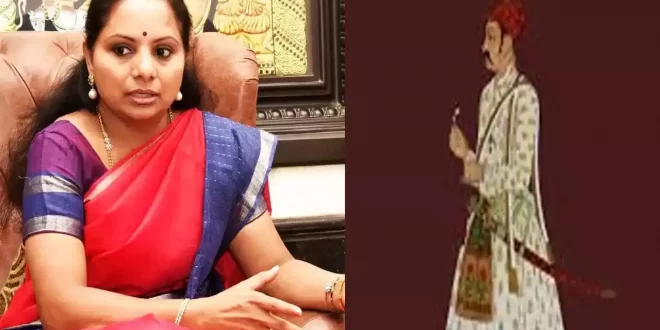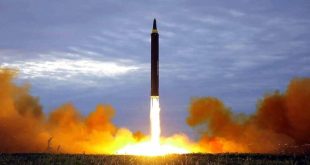New Delhi. Historians say the “disgraceful” description of Maharaja Sawai Jai Singh II in an observatory museum in Samarkand, Uzbekistan is the result of “a translation error” and a “lack of history”. He demanded that the word ‘servant’ be rectified to describe the person who founded the city of Jaipur. Telangana Rashtra Samithi (TRS) Legislative Councilor K Kavita on Friday raised the issue of details about Maharaja Sawai Jai Singh II written on a board outside Ulugh Beg Observatory (Samarkand Observatory Museum) with External Affairs Minister S Jaishankar. He wrote a letter to Jaishankar requesting him to take up the issue with the Uzbekistan government.
The board mentions an 18th-century Rajput ruler as the “Mahal Servant” of “Boburi Sultan Mukhamadshah”, commonly known as Mirza Nasiruddin Muhammad Shah. Shah was the 13th Mughal emperor, who ruled from 1719 to 1748. The board reads, “Ancestors of Mirzo Bobur who ruled India in the 17th-18th century, observatories at Jaipur, Banaras and Delhi were built during the first half of the 18th century by the palace servant, astronomer Sawai Jai Singh, here He copied the astronomical instruments at the Samarkand Observatory.
Historian Rima Hooja, who lives in Jaipur, said, “It may be a case of error in translation, but the description is wrong, derogatory, flawed and objectionable to India. He was no one’s servant and whoever is in a position to bring about changes in India should write a letter and ensure that correct information is given.” Historian Chaman Lal used the word ‘servant’ for the Raja of Jaipur. The result was a “lack of knowledge of history” by those writing the description on the board. He said that Kavita has raised the issue in a ‘sensible’ manner.
Telangana Chief Minister K Chandrashekhar Rao’s daughter Kavita has written a letter to External Affairs Minister Jaishankar requesting him to take up the matter with the Uzbekistan government. Jai Singh II, born in 1688, was a mathematician, army hero, astronomer, scientist and planner. He is remembered today for the planned city of Jaipur and five observatories established across India. In the book ‘A History of Rajasthan’ written by Huza in 2006, it is written, “With the passage of time, these observatories came to be known as ‘Jantar Mantar’, a phrase derived from the words yantra and mantra. These structures are huge specialized tools in themselves.
According to Huza, apart from the misspelling of the word ‘servant’, the English spelling of Jaipur and Banaras on the board outside the Samarkand Observatory Museum also mentions only three of the five observatories built by Jai Singh II. Huza said, “The first line, if the chronology is 17th-18th century, must be the descendants of Babur and not the ancestors. Moreover, he did not copy the astronomical instruments in Samarkand, he overtook it.” Jai Singh II, who ascended the throne at the age of just 11, died in 1743.
 Indian Thought Latest News & Views
Indian Thought Latest News & Views



